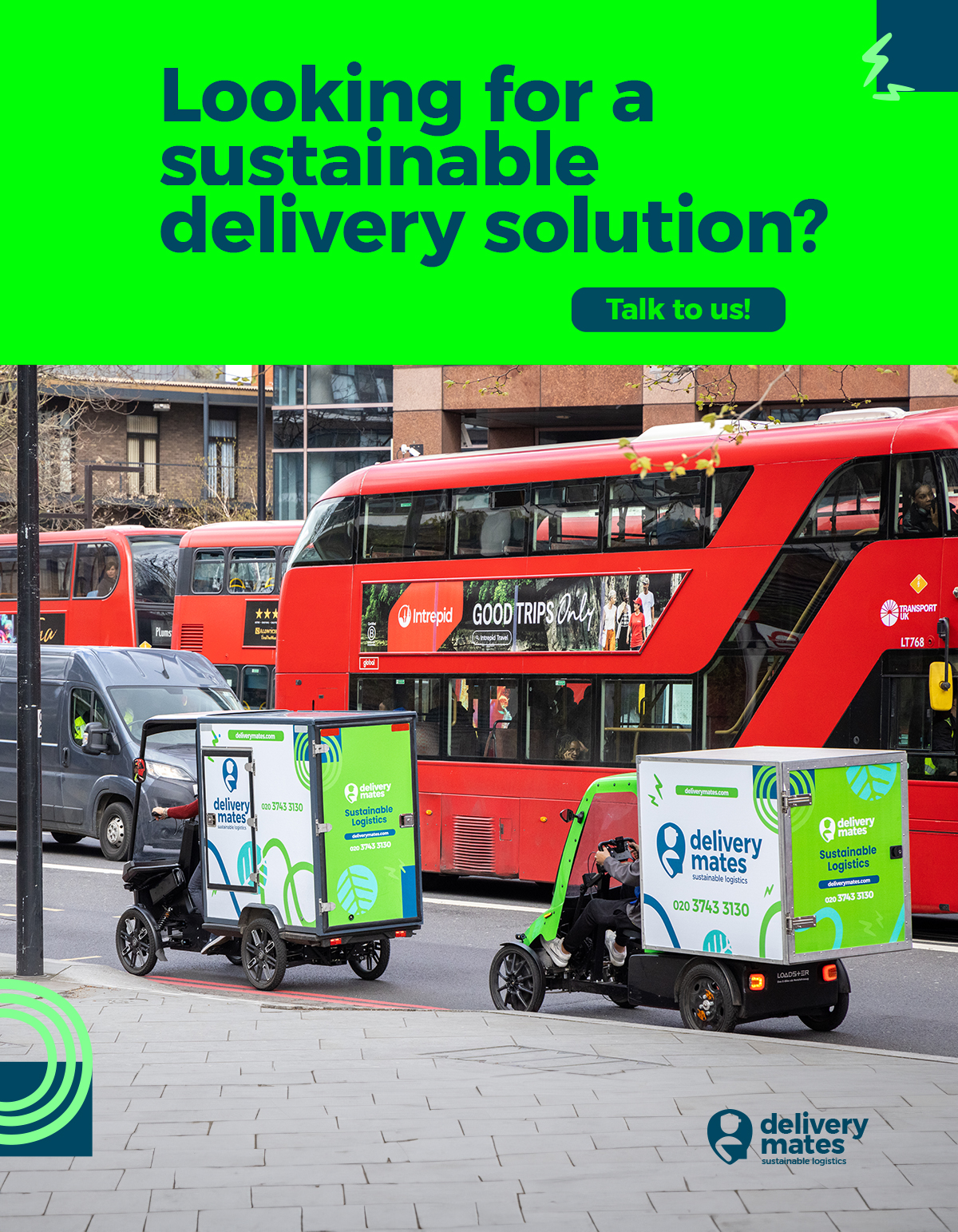Mobility consulting firm Movability is calling for the micromobility industry to reassess the lifespan of shared e-scooters.
Through a series of vehicle tests and expert interviews, the Norwegian consultancy’s research suggests that rental e-scooters are reaching the end of their lifecycle before their allotted time, and require significant maintenance which can impact an operator’s profitability.
The consultancy conducted four tests with multiple vehicles of various ages in different cities and countries as well as a number of interviews.
Its findings show that one model required maintenance issues after two to three years in operation, and another needed constant maintenance after four. Though these vehicles didn’t have a lifespan guarantee, a five-year lifespan had been indicated.
“Today, operators are much more risk-averse and are looking at how much revenue and costs a vehicle will generate across its lifespan to see if it’s profitable,” Movability Advisor and Managing Director Lars Christian Grødem-Olsen told Zag Daily. “This translates into some manufacturers being more competitive than others, especially now that there’s a certain over-supply of vehicles in Europe.”
“For manufacturers, there was a time when they knew they would get sales. That time is over.”
Switching to e-bikes, the consultancy’s research found that one e-bike manufactured by a Tier-1 OEM has a commercial lifespan of one year before requiring extensive maintenance, such as the replacement of critical components like the motor.
Although Movability said that confirmation would be needed, its study found that 2021-produced shared e-scooters, which were once assumed to last up to five years, actually have a lifespan of two to five years. As the industry approaches the commercial end of its first durable vehicles, some of these vehicles have demonstrated a commercial lifespan of three to four years but were estimated to last five years in operator bids.
On the other hand, vehicle build quality was found to have improved over the past few years.
Redefining vehicle lifespan
Movability calls for the lifespan of e-scooters to be viewed through a “commercial lifespan” framework.
A vehicle’s commercial lifespan relates to factors such as its age and performance, maintenance costs, depreciation, and build quality.
Other factors found to impact a vehicle’s lifespan include market specific risk (relating to climate conditions or vandalism rates) and competition risk which refers to older fleets facing growing competition from newer models.
“Commercial lifespan is not a term operators use, it’s one we’ve created to give people terms a language to discuss a complex issue,” Lars said.
“Operators speak about the factors more implicitly than we do. One example is how they discuss the different markets and their priorities. They give reasons why a tier-1 city will get the most shiny new e-scooter, but a tier-3 city will get the oldest due to lower revenue per vehicle. You see this across Europe, with operators launching with older vehicles in Eastern-Europe, while Nordic and Western-Europe generally get newer vehicles.”
Despite finding that older fleets will have lower demand, shared micromobility operators are demonstrating efforts to refurbish their fleet and extend vehicle lifespan. Last year, Dott refurbished 10,000 of its e-scooters and doubled their expected lifespan to seven years.
The impact on stakeholders
The consultancy calls for a rigorous commercial lifespan evaluation in tenders, involving details such as repairs per month and ride per vehicle per month.
It advises investors to factor in the true commercial lifespan of vehicle fleets, and the result may be that operators who rely on older high-maintenance vehicles see steep declines in valuations.
Movability says that there may be residual value in older vehicles, such as by offering them at lower prices or moving them to newer markets to increase utilisation rates.
“We believe that commercial lifespan and its factors can help the industry and decision makers better understand the shared e-scooter,” Lars said. “We hope it can help inform valuation discussions for investors, decide where to compete with which vehicle, as well as help cities understand the sustainability benefits more thoroughly.”




